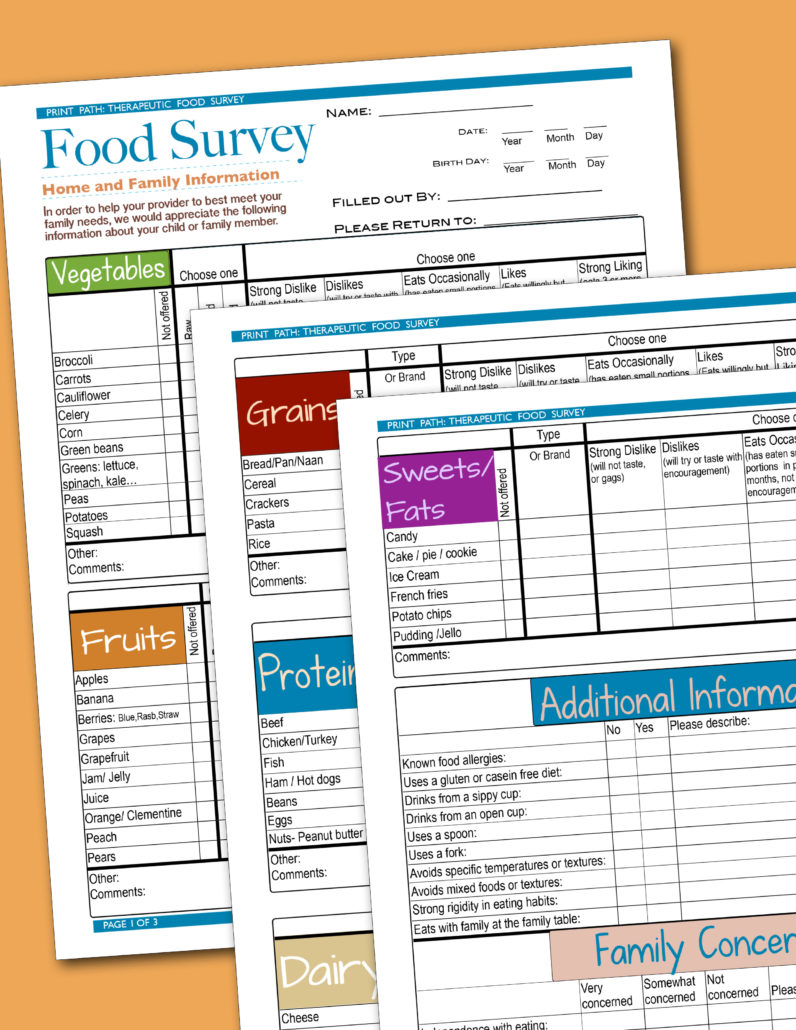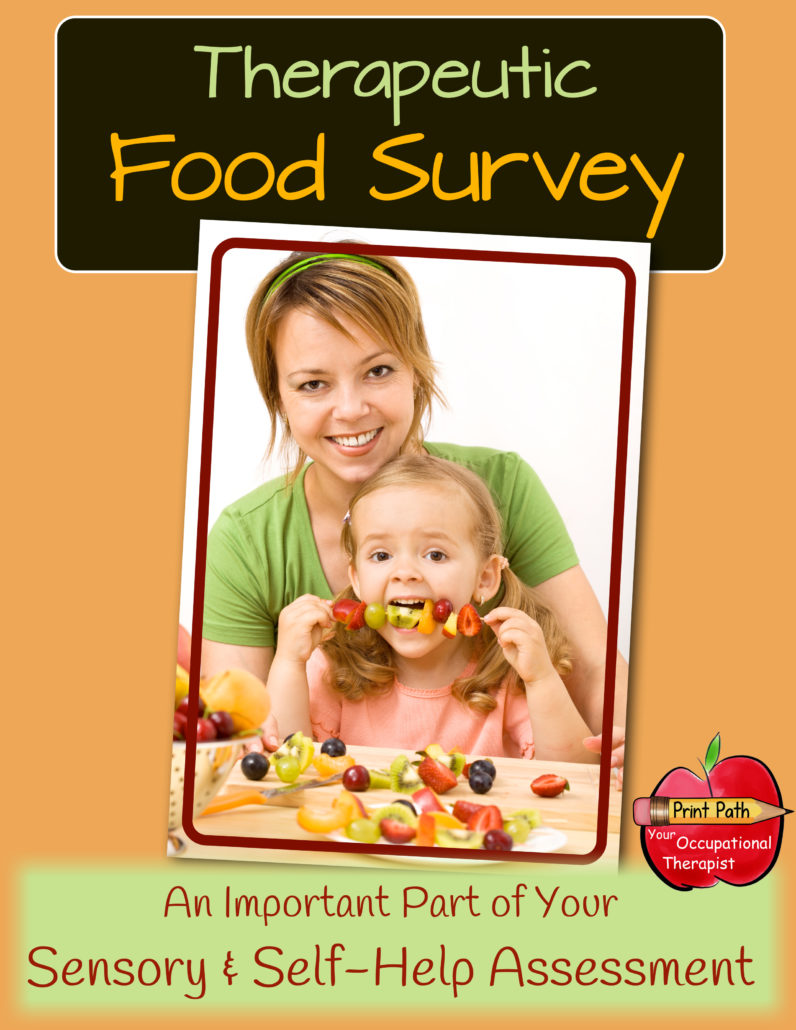Picky Eating in Low Income Children – Is It Protective Against Higher BMI?

Pediatrics published research on the trajectories of picky eating in low income children in the United States. The researchers wanted to investigate the trajectories of picky eating in 317 low-income 4 to 9 year old children including associations with child BMI z score and maternal feeding-behavior trajectories.
Methodology of the Study
There were 317 mother-child pairs in the study who provided anthropometry and reported on picky eating and maternal feeding behaviors via questionnaires at child ages 4, 5, 6, 8, and 9 years. At the start, the mothers reported on demographics and child emotional regulation. Trajectories of picky eating and maternal feeding behaviors were identified. In addition, associations were examined between those picky eating trajectories and maternal feeding behavior and BMI.
Results of the Study
Following data analysis of the results on the mother-child pairs, the researchers determined the following:
- there were three trajectories of picky eating:
- persistently low (n = 92; 29%)
- persistently medium (n = 181; 57%)
- persistently high (n = 44; 14%).
- membership in the high picky-eating trajectory was associated with higher child emotional lability and lower child emotional regulation.
- picky eating was associated with restriction and demandingness:
- low picky eating was associated with low restriction.
- high picky eating was associated with high demandingness.
- medium and high picky-eating trajectories were associated with lower BMIz.
Conclusion
The researchers concluded that picky eating appears to be trait-like in childhood and may possibly be protective against higher BMIz.
Reference: Carmen Fernandez, Harlan McCaffery, Alison L. Miller, Niko Kaciroti, Julie C. Lumeng, Megan H. Pesch. Trajectories of Picky Eating in Low-Income US Children. Pediatrics Jun 2020, 145 (6) e20192018; DOI: 10.1542/peds.2019-2018
Therapeutic Food Survey: Do you have students who need interventions due to sensory, self-help, oral, and oral-motor problems such as chewing, swallowing, touch, taste, or texture? Do you want a tool to help you work hand in hand with your client’s family to prioritize and set goals?
This survey created by Thia Triggs, OTR, is designed to be used by Occupational Therapists or Speech Pathologists working in clinics or schools. It can be used in conjunction with your other oral motor assessments tools. FIND OUT MORE.
More Information on Feeding
Feeding Problems in Children with Autism
Feeding Difficulties and Children with Cerebral Palsy





